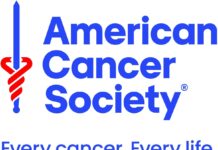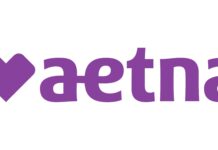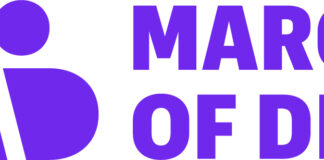WASHINGTON, Nov. 30, 2016 /PRNewswire-HISPANIC PR WIRE/ — Today, NCLR (National Council of La Raza) published a profile of the nutrition landscape Latinos in California face. The profile found that Latinos are more likely than the state’s average resident to live in low-income households, experience inadequate access to food and have fewer healthy food retailers in their neighborhoods. These factors make it more likely that a person will develop a chronic health condition. Latinos in California are overweight or obese at higher rates and are twice as likely to develop diabetes than White residents.
“The disparities seen among household incomes and the availability of healthy food retailers in California play a role in the higher rates of hunger, overweight and obesity among Latinos. This takes a toll on Latino health, as it is difficult to stay healthy when you do not have enough to eat and have limited access to supermarkets and produce stands that offer a variety of healthy foods,” said David Thomsen, MPP, NCLR Health Policy Analyst and author of the profile.
Findings from “The State of Latino Nutrition in California: How Latino Children and Families Are Faring in the Golden State” include:
- More Latino households struggle with not having enough food (43.7 percent), compared with White households (35.7 percent), and the average state household (40.4 percent).
- The number of Latino children who live in low-income households (62 percent) is more than double that of White children (24 percent).
- Latinos in the state are overweight and obese at higher rates than national and state averages. Among children ages 10-17, 40 percent of Latinos are overweight or obese, compared to 30.5 percent of all children.
- On average, Latinos in California live in communities where healthy food retailers represent only 11.9 percent of all food vendors, below the 12.9 percent average in predominantly White communities.
CalFresh, the state’s Supplemental Nutrition Assistant Program (SNAP), helps to alleviate hunger for 4.38 million residents every month—but is ranked among the lowest in the nation for its effectiveness in reaching the most vulnerable residents.
NCLR—the largest national Hispanic civil rights and advocacy organization in the United States—works to improve opportunities for Hispanic Americans. For more information on NCLR, please visit www.nclr.org or follow along on Facebook and Twitter.
Contact:
Kathy Mimberg
[email protected]
(202) 776-1714






